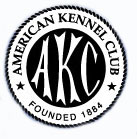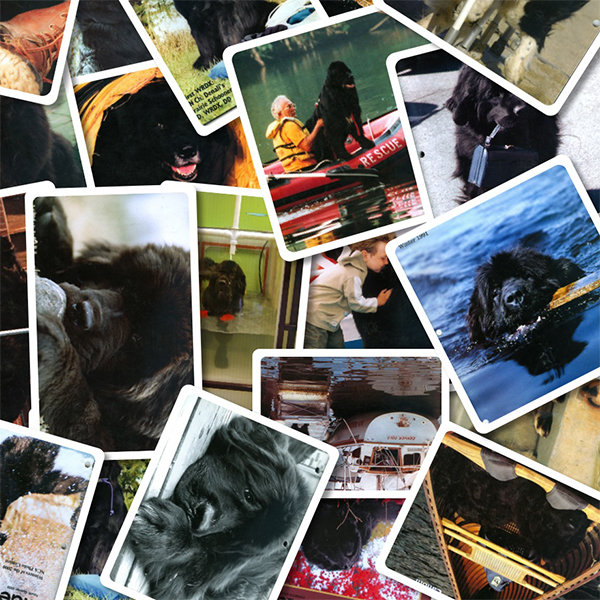
Guest columnist Anne Beck, a member of the Newfoundland Club of America's publicity committee, has owned both OFA-cleared and dysplastic Newfoundlands. One of her supposedly dysplastic Newfs earned a UD and never limped a day in her life.
Vets can be our best friends - just imagine trying to raise healthy dogs without the advice and expertise of a trusted veterinarian. But they can also be our worst enemies if we don’t filter their sometimes-biased advice through our own and others’ experience.
This is most telling when it comes to diagnoses of canine hip dysplasia (CHD). Because of its prevalence in the giant breeds, vets often rush to judgment when presented with a Newf that displays even the slightest – or no – symptoms of CHD. Inexperienced or frightened owners often find themselves pushed into surgery that may not be necessary.
Case in point: A couple took their 7-year old Newf to the vet because she was “acting weird.” A very active dog who walked several miles a day, she suddenly no longer wanted to exercise. She also would not eat, was staring into space, she seemed stiff, and her head was tilted to the side. All the symptoms were vague, but they knew she was not herself. The dog’s rear movement had always been somewhat stiff, and X-rays at the age of 3 showed very mild arthritic changes. This vet, without examining the dog except to look at her rear movement, pronounced her dysplastic, scheduled hip replacement surgery in ten days, and sent the owners home with a prescription for Rimadyl. The owners saw no improvement after three days; in fact, the dog was deteriorating rapidly. Repeated calls to the vet were unproductive; the owners were told only that the dog was obviously in extreme pain and the surgery would relieve it. Days later, the dog began urinating in the house and finally went into seizures. She was rushed to another veterinarian who recognized the symptoms of meningitis, but it was too late to save the dog.
There are, of course, a number of asymptomatic Newfoundlands that are diagnosed as dysplastic via radiograph. This is discovered, if at all, when the dogs are X-rayed at the age of two for OFA. Owners go to pick up their dogs, that have been active and feeling fine, and are told by a concerned veterinarian that the dog’s hips are bad. Surgery is recommended “to save the dog from pain.” Except there is no evidence of pain. This kind of diagnosis has sent hundreds of concerned owners into an emotional tailspin that can be physically and financially devastating. The implication is that if you don’t fix your dog, it will be crippled in a few months or maybe a year. Without first considering medical instead of surgical options, many dogs are subjected to unnecessary surgery. But many of these dogs, whose owners opt (guiltily?) to not do surgery, go on to live long, happy and pain-free lives.
The moral of the story is to look at the dog, not just at its X-rays. If you take your Newf to have diagnostic X-rays for OFA and the news is not good, remember that the dog you walk out with is still the dog you walked in with. If your dog is asymptomatic, an X-ray will not change that. CHD is not necessarily crippling, nor is it a death sentence, as some would have us believe. It depends on the individual dog and its lifestyle, nutrition, and exercise.
If you take your dog for X-rays because of symptoms, it might be a different story. But once again, rushing to fix something with surgery isn’t always the answer. – A.B.

